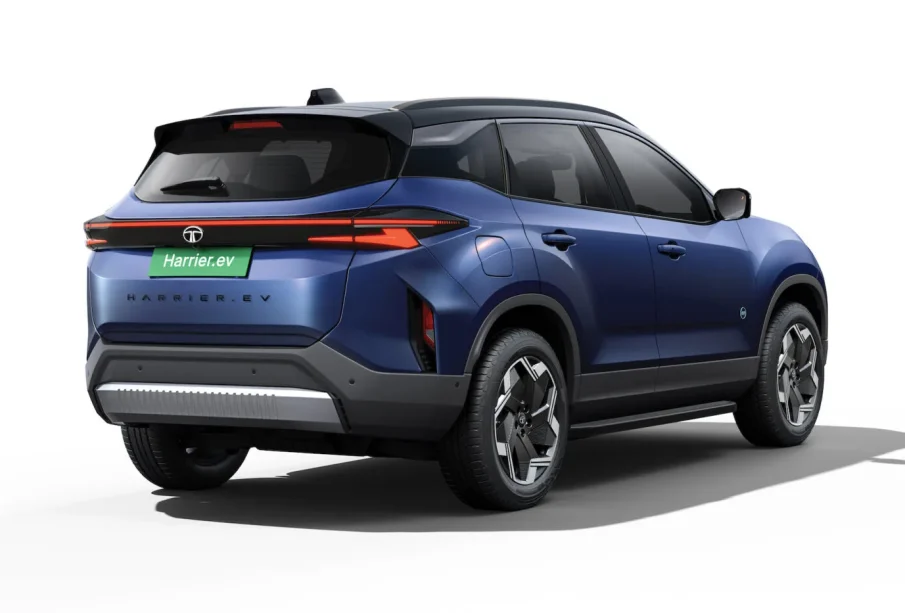Understanding the Harrier EV AD Challenge and Its Implications

Introduction
The Harrier EV AD Challenge is a significant initiative launched by automotive giant Tata Motors, aiming to revolutionize electric vehicle (EV) marketing in India. As the country pushes towards sustainable energy and transportation solutions, the challenge represents not only a bold advertising effort but also reflects the growing consumer interest in electric vehicles. With the pending 2023 deadline, the challenge encourages consumers to actively participate in promoting the Harrier EV, making it a noteworthy event in the automotive sector.
Details of the Harrier EV AD Challenge
The Harrier EV AD Challenge was announced earlier this month as part of Tata Motors’ broader strategy to engage customers and create a grassroots movement towards EV adoption. Participants are invited to create and submit their advertisements for the Harrier EV, showcasing its features, benefits, and sustainable attributes. The challenge highlights the importance of consumer-driven content, encouraging a personal connection with the product while promoting it through social media platforms.
To participate, individuals need to submit a short video or image-based advertisement. The campaign encourages creativity, with prizes awarded for the best submissions, including exclusive experiences and merchandise. Additionally, selected entries will be featured on Tata Motors’ official channels, offering aspiring creators a chance to gain recognition and possibly influence the automotive advertising landscape.
Impact on Consumers and the Market
As electric vehicles continue to gain traction in India, the Harrier EV AD Challenge is particularly timely. It aligns with government initiatives aimed at promoting greener technologies and reducing carbon footprints. According to recent statistics, the Indian EV market is projected to grow rapidly, with increasing consumer favor towards sustainable vehicles. Initiatives like this challenge play a crucial role in educating consumers about EV technologies while building excitement around the Harrier EV.
Moreover, the challenge arms consumers with the tools to voice their thoughts on the vehicle’s appeal and usability, which can lead to a more tailored marketing approach for Tata Motors. This engaging strategy is anticipated to enhance brand loyalty, foster community involvement, and ultimately pave the way for a robust ecosystem around electric vehicles in India.
Conclusion
The Harrier EV AD Challenge sets an innovative precedent in the automotive industry, bridging the gap between manufacturers and consumers. By actively encouraging participation in marketing efforts, Tata Motors is not only promoting the Harrier EV but is also contributing to a larger conversation about sustainable transportation in India. As the demand for electric vehicles continues to emerge, this challenge may redefine traditional marketing models and encourage more brands to follow suit in engaging directly with their audience.









